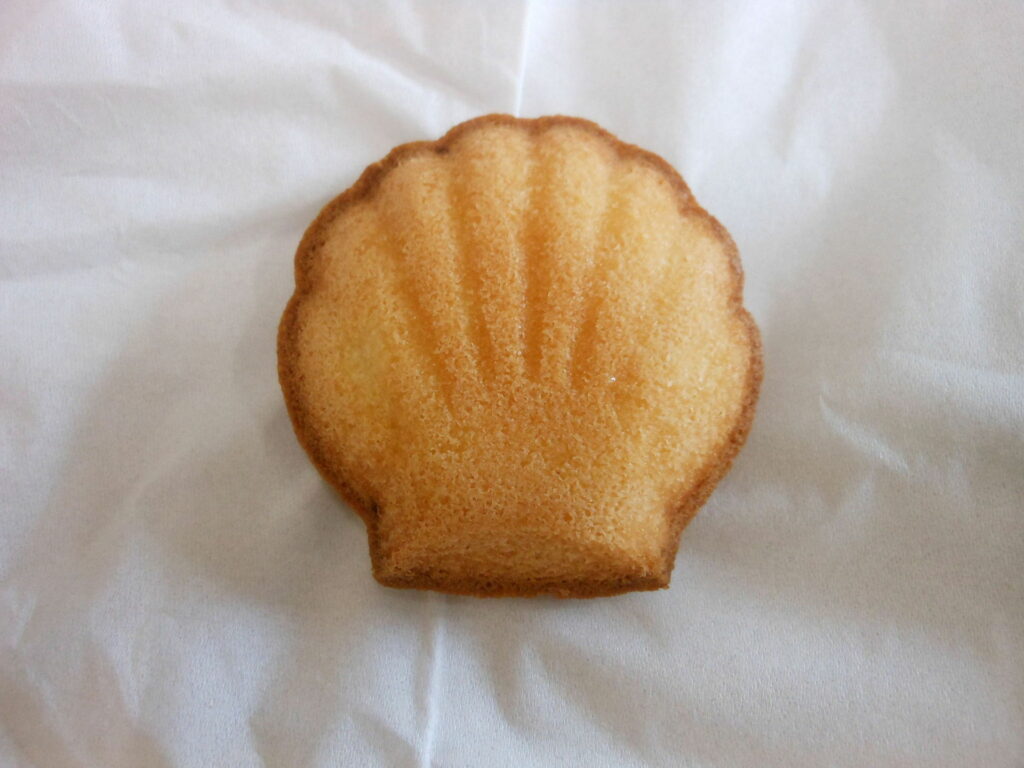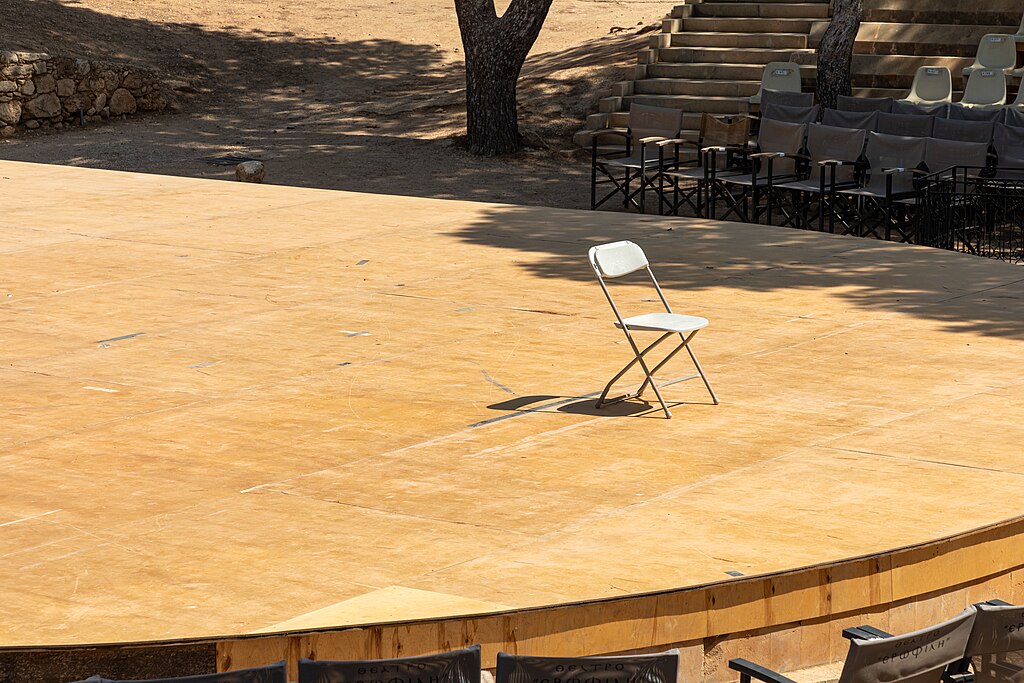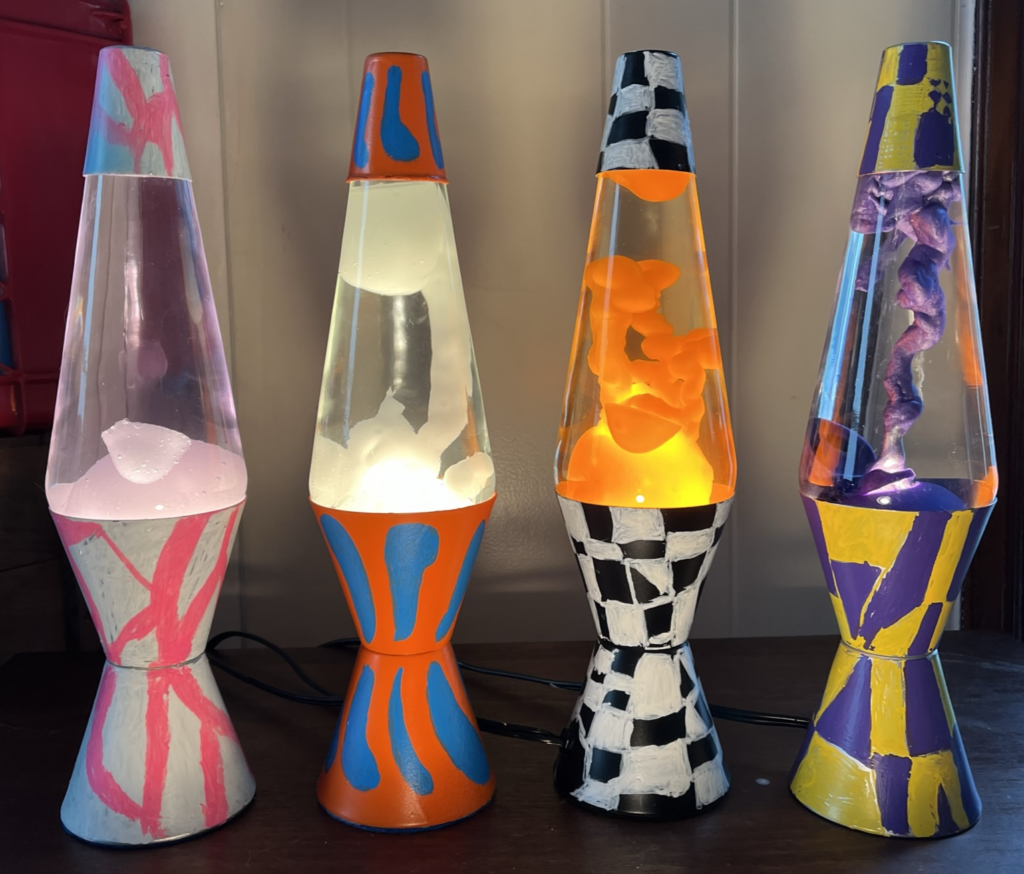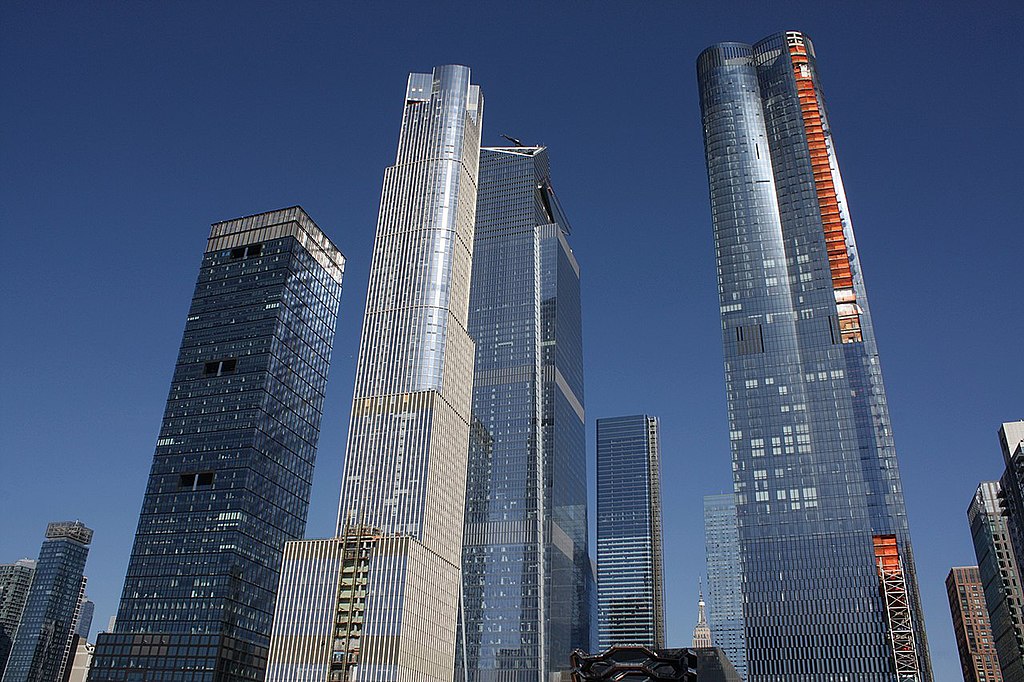It's no secret that Huawei's in big trouble given its recent placement on forced group sex videosthe U.S. entity list, which forbids American companies from selling parts to the Chinese smartphone giant.
But how reliant is Huawei on U.S.-made parts when it comes to building smartphones? According to a recent analysis by Nikkei (via Android Authority), not very -- the company used a very small number of U.S.-built parts for its recent flagship, the P30 Pro.
SEE ALSO: Now Huawei's delaying its foldable phone, tooNikkei tore down the Huawei P30 Pro, finding a total of 1,631 parts. After examining the parts, the outlet concluded that 859 parts, or 53.2 percent, were made in Japan. 562 (34.4 percent) parts were made in South Korea, 83 parts (5 percent) were made in Taiwan, 80 parts (4.9 percent) were made in China, and just 15 parts (0.9 percent) were made in the U.S.
Of course, not all phone parts are equally important, and it's worth noting that some key parts, like Micron's DRAM memory, and Corning's Gorilla Glass, are U.S.-made. Since these are some of the most expensive parts used in the phone, the 15 U.S.-made parts account for 16 percent of the unit's total cost, per Nikkei's estimate.
Furthermore, Nikkei notes that some companies making the parts found in the P30 Pro are global, and if the parts they make are more than 25 percent comprised of U.S.-derived technologies, Huawei will have to get those parts elsewhere.
Still, the analysis indicates that Huawei will be able to continue manufacturing smartphones without many issues even after the U.S. trade ban. The Android operating system, which Huawei is now unable to license from Google, is another matter, and will likely pose far more problems for the Chinese company.
Topics Huawei
(Editor: {typename type="name"/})
 The Cat Book by James Frankie Thomas
The Cat Book by James Frankie Thomas
 Madeleines by Laurie Stone
Madeleines by Laurie Stone
 A Memory from My Personal Life by Hebe Uhart
A Memory from My Personal Life by Hebe Uhart
 Here's how I feel about all this Stephen Hawking 'news' going around
Here's how I feel about all this Stephen Hawking 'news' going around
 TL;DR:A wide range of ChatGPT courses are available to take for free on Udemy. Udemy is arguably the
...[Details]
TL;DR:A wide range of ChatGPT courses are available to take for free on Udemy. Udemy is arguably the
...[Details]
An Illegible Quartet and Choreographic Research by The Paris Review
 An Illegible Quartet and Choreographic ResearchBy The Paris ReviewNovember 3, 2023The Review’s Revie
...[Details]
An Illegible Quartet and Choreographic ResearchBy The Paris ReviewNovember 3, 2023The Review’s Revie
...[Details]
Lifesize Dioramas: At Carolee Schneemann's House by Hannah Gold
 Lifesize Dioramas: At Carolee Schneemann’s HouseBy Hannah GoldNovember 27, 2023Writers' Houses
...[Details]
Lifesize Dioramas: At Carolee Schneemann’s HouseBy Hannah GoldNovember 27, 2023Writers' Houses
...[Details]
A Sense of Agency: A Conversation with Lauren Oyler by Sheila Heti
 A Sense of Agency: A Conversation with Lauren OylerBy Sheila HetiApril 3, 2024At WorkPhotograph by C
...[Details]
A Sense of Agency: A Conversation with Lauren OylerBy Sheila HetiApril 3, 2024At WorkPhotograph by C
...[Details]
GPU Pricing Update, Year in Review: Price Trends Charted
TechSpot's Annual Guide to Buying a Used Graphics Card
25 Years Later: A Brief Analysis of GPU Processing Efficiency
The Language of Lava Lamps by Nora Claire Miller
 The Language of Lava LampsBy Nora Claire MillerSeptember 29, 2023The Review’s ReviewPhotograph court
...[Details]
The Language of Lava LampsBy Nora Claire MillerSeptember 29, 2023The Review’s ReviewPhotograph court
...[Details]
Wordle today: The answer and hints for February 13, 2025
 Can't get enough of Wordle? Try Mashable's free version now O
...[Details]
Can't get enough of Wordle? Try Mashable's free version now O
...[Details]
Paul Bowles in Tangier by Frederic Tuten
 Paul Bowles in TangierBy Frederic TutenNovember 21, 2023First PersonFrom left, Paul Bowles and Frede
...[Details]
Paul Bowles in TangierBy Frederic TutenNovember 21, 2023First PersonFrom left, Paul Bowles and Frede
...[Details]
Google's data center raises the stakes in this state's 'water wars'

My Year of Finance Boys by Daniel Lefferts

接受PR>=1、BR>=1,流量相当,内容相关类链接。